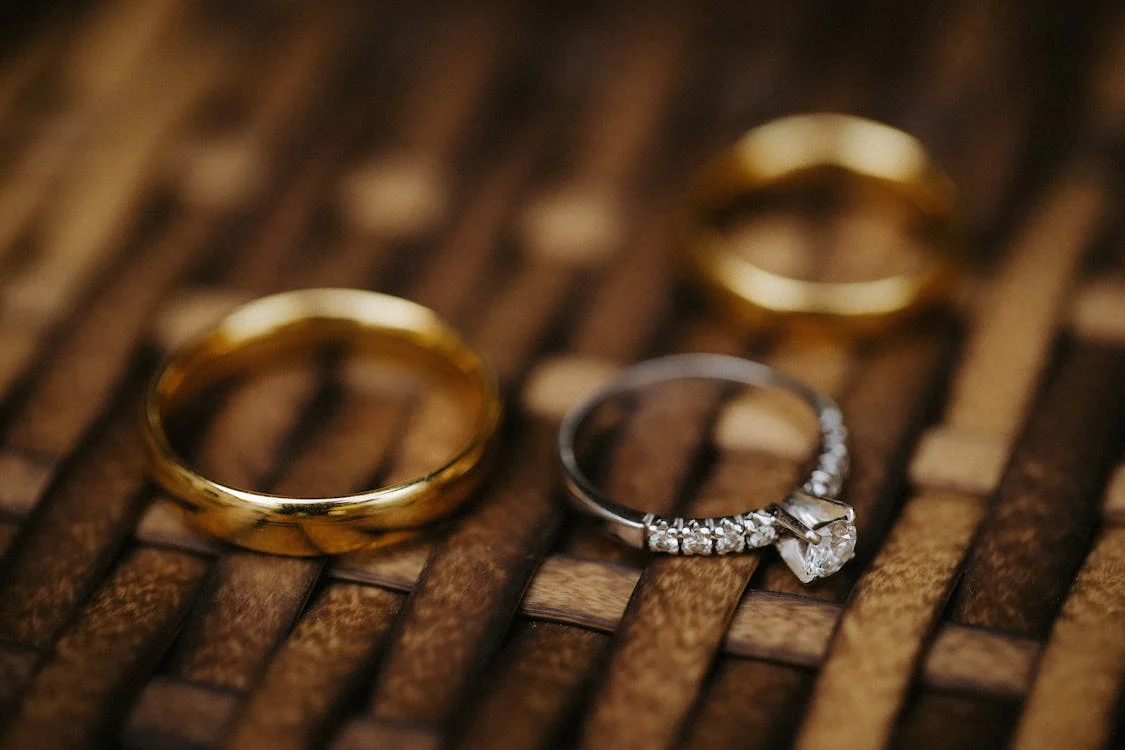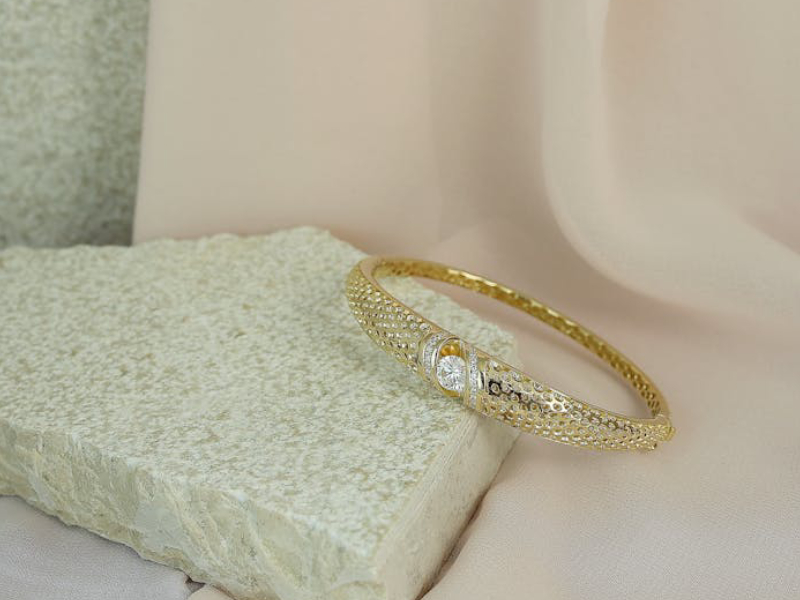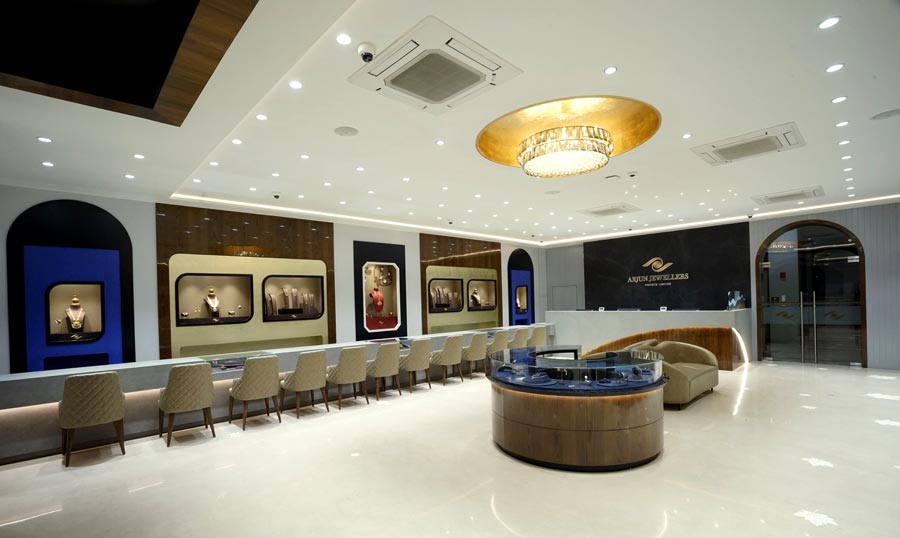The History of Gold Jewelry
Gold jewelry has an illustrious history steeped in ancient civilizations. From the opulent treasures found in the tombs of Egyptian pharaohs like Tutankhamun, to the intricate gold filigree work of Mesopotamia dating back to 3000 BC, gold has long symbolized divinity, power, and status.
During the Roman era, gold jewelry became a hallmark of wealth and social standing, adorned with precious gemstones like emeralds, sapphires, and garnets. The Byzantine Empire further enriched the art of goldsmithing with techniques such as granulation and cloisonné enameling, creating ornate designs imbued with religious symbolism and protection through amulets.
In the Renaissance, advancements like the gold bulino technique elevated jewelry craftsmanship with detailed engraving, adding depth and dimensionality to gold pieces. The Victorian era introduced sentimental jewelry, where gold lockets and mourning jewelry became expressions of love, grief, and remembrance.
Today, gold jewelry continues to evolve, embracing modern trends from minimalist designs to extravagant statement pieces. It remains a versatile choice that transitions effortlessly from casual to formal settings, reflecting personal style and heritage.
Gold's enduring allure transcends time, embodying humanity's journey through history with its timeless beauty and cultural significance. Each era has contributed to shaping and redefining gold jewelry, ensuring its place as both a fashion staple and a cherished symbol of artistry and heritage.






